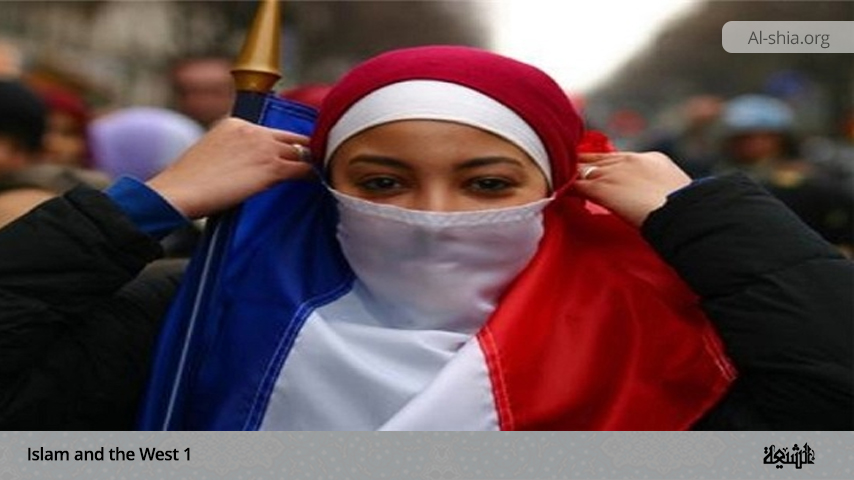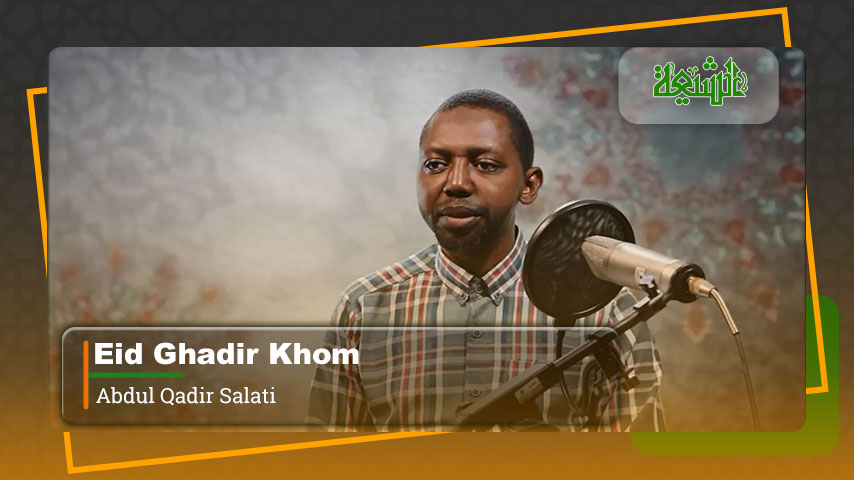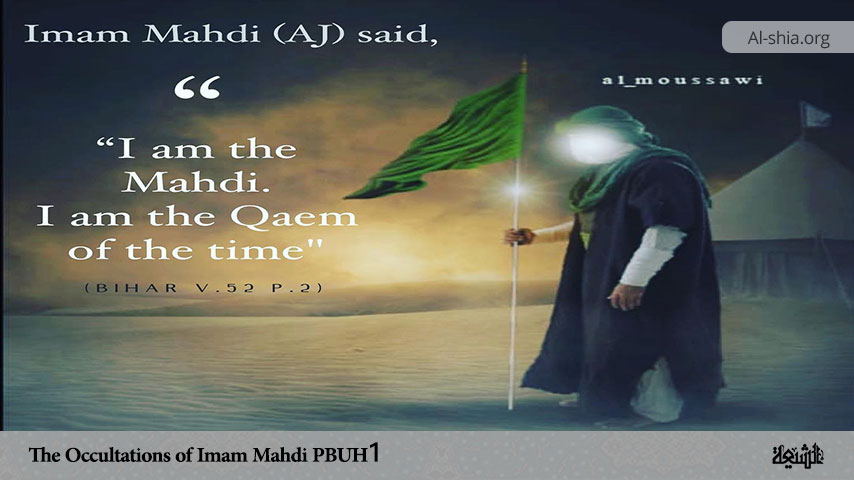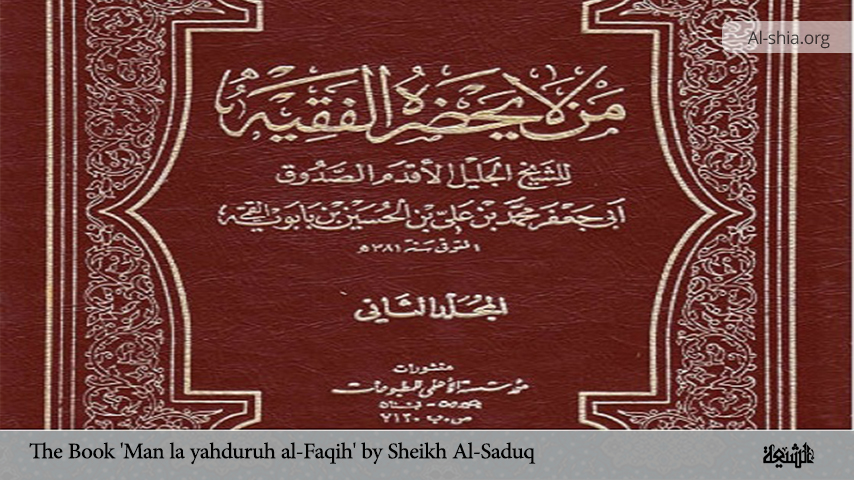Allah (SWT) has assured us in the Qur’an that He is the best Protector, the best Guardian and the most Merciful of all merciful (1). Islam is under siege in the contemporary world. Siege is a war tactic, an offence and an attack.
In the repertoire of war, both as strategy and tactics, to be under siege is to be hemmed in. It connotes a situation whereby the enemy has surrounded the frontiers, the access has been blocked and there is no coming in and no going out.
It is meant to snuff out the enemy unless he (the General) or they (the city and its people and all) are ready to surrender. It is either they are enslaved or in most cases, they are eliminated. In the alternative, they have to fight back. It is a dire situation!
Apparently, a formidable force hems in the besieged. In most cases, it is not a single enemy. Enemies come together in their various forms. Different armies or their states conspire to see the end of a common enemy, to neutralize its forces, to remove or reduce the menace, that it has constituted to them.
Conspiracy, therefore, is a strategy, a preconceived plan to execute on the terrain, as tactics on grounds, in the execution of the war.
So, if the battlefield manifests the siege, which is the tactics, the war headquarters of the besieging army/armies conceive the plan, the conspiracy, which is the strategy.
And in the Clausewitzian tradition, “the battle… the bloody solution of the crisis, the effort for the destruction of the enemy’s forces, is the firstborn son of war”. (2)
The war itself, in Clausewitz’s own phrase, “is politics through other means”.(3) This incursion into strategic analysis is to accentuate the gravity of the problem at hand.
If we can agree that Islam is under siege, then we will have to agree that we are in a war situation. And if there is a conspiracy, it means we are not talking about a single enemy but about many. And their method must be manifold.
The question that follows is who are the enemies, the West, who conspire, to do what, against Islam?
What threats does Islam constitute to what interest or interests (of theirs) to warrant this gang up? What are the methods used in this conspiracy and how do they execute the plan?
What are the implications of the siege? Is Islam in a position to lift the siege? In one word, if Islam is under attack, it means Islam is on the defensive.
What (war) tactics are required to lift the siege (the attack)? Is Islam doing the right thing, in the right way? Does Islam appreciate the precariousness of its situation? Who are the generations and the decision-makers in this situation? Are the people carried along?
These are the issues to be addressed in this discourse.
I. THE CONDITION
It was Napoleon Bonaparte, the French General who once said that God is on the side of the better battalion. How can we explain the siege that Islam is under?
Historically, as the Qur’an has declared, the Truth has come in the advent of Islam, and falsehood has collapsed, as it is bound to. (4)
The phenomenal success of Islam in all lands and climes gradually, through time, ended up with the condition in various Muslim lands, of their outright defeat by the enemies who hitherto had cringed “in the face” of the might of the valiant Muslims.
When the Muslim Arabs marched out in hordes immediately after the Prophet’s (SAWA) death in mid 7th century, the whole world jittered.
Great empires collapsed one after another under the waves of Muslim armies, in Persia, (5) in Chaldea and Mesopotamia (635), in Egypt (6) in the Maghrib. (7)
In these places and other various places, the conquests of Islam led to the establishment of Muslim rule and Islamic law.
In the words of Professor Gibb, the spread of Islam led the way to a new integration of peoples and cultures. (8) Soon after, the cracks appeared in the centre of the Islamic Empire starting early in the Battle of Siffin (I.
Siffin symbolized the clash, as Malek Bennabi puts it, of the Qur’anic spirit -represented by Imam Ali (AS)- with the Jahiliy spirit -represented by Mu’awiya the son of the Prophet’s archenemy Abu Sufiyan.
In any case, as Islamic civilization flourished in various Muslim lands, an almost imperceptible internal decay developed. Dynasties were formed, and mutual antagonism, rivalry and unhealthy competition flourished.
The Muslims lost sight of the élan, the very dynamism of their call that had seen them triumph over others. Muslims, as it were, rested on their oars, the sea ride slowed down, Muslims neglected their arsenal, and they took their enemies for granted.
To borrow the phrases of the Father of sociology, Ibn khaldun, the Muslims like city dwellers became effete population luxuriating in their achievements until the hordes of primitive tribes descended on them. Islam has, for centuries, had to grapple with this problem.
The Crusades, from late 11th century marked the beginning of formidable attempts by Christendom (the Christian West) to offset the Muslim dominance of the world. It was an invasion, it was a siege and it was affected by a gang-up of all Christendom in a conspiracy against Islam.
It is in the career of a Muslim Sultan and General that we can appreciate the enormity of this problem for the Muslim world. It is also in this one, Muslim leadership that we can encompass the commitment needed by Muslims from their leaders to offset the menace of the West.
Lane-Poole has captured the gravity of the daring and determination of the West in the treatment of the career of Salahuddin al-Ayyubi (Saladin to the Christian West). A quote from this account is illustrative of our point:
In 1096, the first Crusade began its eastward march; in 1098 the great cities of Edessa and Antioch and many fortresses were taken; in 1099, the Christians regained possession of Jerusalem itself.
In the next few years, the greater part of Palestine and the coast of Syria, Tortosa, ‘Akka, Tripolis, and Sidon (1110) fell into the hands of the Crusaders, and the conquest of Tyre in 1124 marked the apogee of their power.
It was the precise moment when a successful invasion of Europe was possible. A generation earlier, the Seljuq power was inexpugnable.
A generation later, a Zengi or a Nur-ed-din, firmly established in the Syrian seats of the Seljuqs, would probably have driven the invaders into the sea. A lucky star led the preachers of the first Crusade to seize an opportunity of which they hardly realized the significance.
Peter, the Hermit and Urban II chose the auspicious moment with sagacity as unerring as if they had made a profound study of Asiatic politics.
The Crusade penetrated like a wedge between the old wood and the new, and for a while seemed to cleave the trunk of the Mohammadan Empire into splinters. (9)
Starting with Salahudin al-Ayyubi, and followed by other valiant Muslim warriors after him, the Christian successes were reversed; The Second Crusade (1130) was defeated, the Third (1189) was defeated as the “Siege of the Besiegers”; the Children Crusade (1212) ended in disaster.
The Hungarian-led Crusade (1217) was a failure, even the crusade led by Frederick the Great (1228) still was a failure. In 1239, the Crusade led by the king of Navarre was defeated, and so also did the one led by King Louis IX of France (1249) end in disaster. (10)
One great fall-out of the Crusades was the realization by Christendom of the profound literary, cultural and scientific achievements of the Muslims. They learnt from and borrowed ideas from the Muslims. The contact of the West with the East inspired Christendom the determination to improve itself.
No less a phenomenon than the Renaissance was inspired by this contact between Islam and Europe. (11) It must be realized that Christendom did not give up on its hope of undermining Islam. Following the defeats of the West in the Crusades, Islam passed through the doldrums.
But even in the century of the final defeat of the Crusaders, the Ottoman State was founded (1299). By the next century, the Ottoman Empire had become a formidable power. With its conquest of Constantinople in 1453, the Ottoman Empire had established itself astride Europe by the mid-15th Century.
In fact, for the next three centuries after its founding, (14th to 16th Centuries), the Ottoman Empire became the ‘’Menace of Europe” and in fact, “the present Terror of the World”.(12) The Turks became ‘Infidel Turks’ to Europe and the embers of enmity grew between the East and the West.
Just as it happened to Islamic Empires before it, the Ottoman Empire was soon to rest on its oars. Internal decadence set in and for the next three centuries (17th to 19th Centuries), the great Ottoman Empire decayed.
And this decadence culminated in its defeat (in war) in the early 20th century in the First World War. So, internal decadence attracted external aggression. (13) It must be noted that the West that was defeated by Islam in the Crusades learned its lessons.
Inspired by the achievements of Islam, it turned inward, went through the Renaissance and then through the Enlightenment.
In the Age of Reasoning, and discarding the predominance of religion, this West came out with superiority of scientific and technological knowledge. It was this west, this Christendom that now took the shape of imperialism to conquer the world.
It was in the 19th century at the height of the decadence of the Ottoman Empire. By 1830, Colonialist France had occupied Algiers (14) and the height of it was the Balfour declaration (1917) that promised Palestine to the European Jews (or more properly the racist Zionists) for the creation of a supposedly ‘National’ Home for them.
In 1948, the illegal Zionist entity, Israel was declared and since then the Palestinian Question had become the Arab-Israeli conflict. So, through imperialism, colonization and then neo-colonialism the World of Islam had been besieged by Christendom, which for centuries had been the underdog.
The great lesson of all this is that Muslims have fallen into a condition that made them vulnerable. This, in the words of Malek Benabbi, is “colonisibility”. In other words, people are colonisable only if they have put themselves in the condition.
To be continued on the next article: http://Islam and the West (2)
NOTES:
_________________________
1. Qur’an 2:257; 3:150
2. 0 ‘Sullivan and Miller Jr 198:52
3. Clausewitz 1963:494
4. Qur’an 3:80
5. Qadisiyya, 635; Ctesiphon,637
6. Alexandria, 641
7. Qayrawan, 670; Western Maghrib, 704-711, Spain, 711
8. Gibb 1975:3
9. Lane-Poole 1968:163-164
10. Lane – Poole 1968; 163-165, 173; 174; 209-211; 218; 225-229; 230,31, 231,239, 256
11. Izetbegovic 1999: 143
12. Lewis 1974:198-199
13. Oluwatoki 2001:29
14. Abun-Nasr 1973:311

















